Mastering Perl/Tk. Graphical User Interfaces in Perl Stephen Lidie, Nancy Walsh
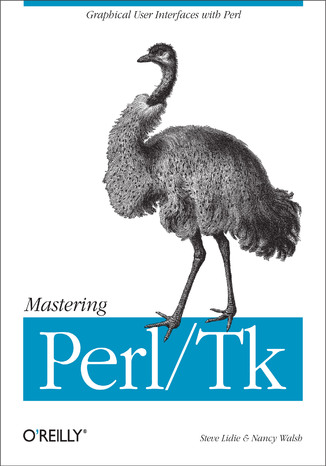



- Autorzy:
- Stephen Lidie, Nancy Walsh
- Wydawnictwo:
- O'Reilly Media
- Ocena:
- Stron:
- 770
- Dostępne formaty:
-
ePubMobi
Opis
książki
:
Mastering Perl/Tk. Graphical User Interfaces in Perl
Perl/Tk is the marriage of the Tk graphical toolkit with Perl, the powerful programming language used primarily for system administration, web programming, and database manipulation. With Perl/Tk, you can build Perl programs with an attractive, intuitive GUI interface with all the power of Perl behind it.Mastering Perl/Tk is the "bible" of Perl/Tk: It's not only a great book for getting started, but the best reference for learning the techniques of experienced Perl/Tk programmers. The first half of the book contains the basics on how to use Perl/Tk, and then branches out into advanced applications with a series of extensive program examples. The result is a book accessible for novices, and invaluable for experienced programmers ready to learn the next step in the elegant and effective use of Perl/Tk. The book includes:
- An introduction to each of the basic Perl/Tk widgets and geometry managers
- A dissection of the MainLoop, including how to use callbacks and bindings effectively
- Coverage of the Tix widgets, an extended set of widgets that are a part of the standard Perl/Tk distribution
- Working with images in Perl/Tk, including bitmaps, pixmaps, photos, and how to compose a compound image type
- How to create custom mega-widgets in Perl/Tk, both composite and derived
- Handling interprocess communication with Perl/Tk, both with standard Unix utilities (pipes and sockets) and with the send command designed for direct communication between Tk applications
- Developing your own Tk widget in the C language
- Examples of web applications written with Perl/Tk and the LWP library
Wybrane bestsellery
O'Reilly Media - inne książki
Dzięki opcji "Druk na żądanie" do sprzedaży wracają tytuły Grupy Helion, które cieszyły sie dużym zainteresowaniem, a których nakład został wyprzedany.
Dla naszych Czytelników wydrukowaliśmy dodatkową pulę egzemplarzy w technice druku cyfrowego.
Co powinieneś wiedzieć o usłudze "Druk na żądanie":
- usługa obejmuje tylko widoczną poniżej listę tytułów, którą na bieżąco aktualizujemy;
- cena książki może być wyższa od początkowej ceny detalicznej, co jest spowodowane kosztami druku cyfrowego (wyższymi niż koszty tradycyjnego druku offsetowego). Obowiązująca cena jest zawsze podawana na stronie WWW książki;
- zawartość książki wraz z dodatkami (płyta CD, DVD) odpowiada jej pierwotnemu wydaniu i jest w pełni komplementarna;
- usługa nie obejmuje książek w kolorze.
Masz pytanie o konkretny tytuł? Napisz do nas: sklep@helion.pl
Książka drukowana


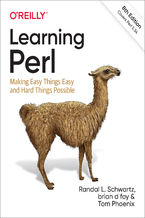

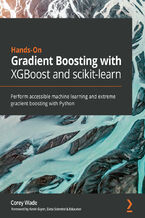
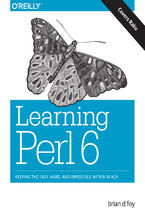
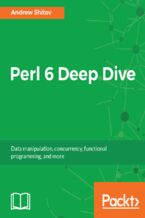
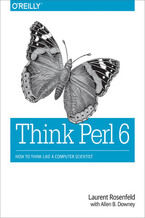
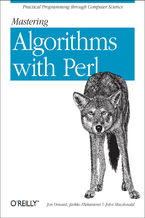
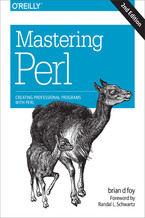
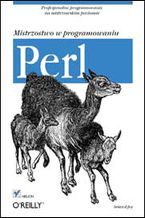
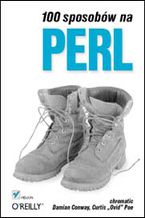
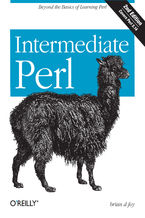






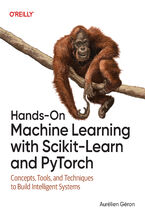
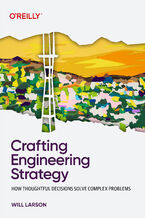
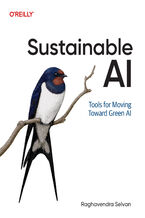
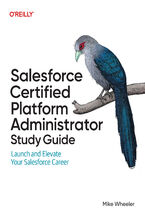
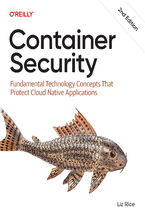
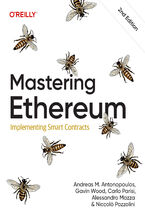
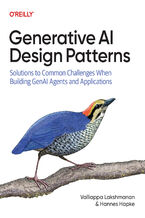
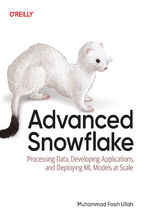
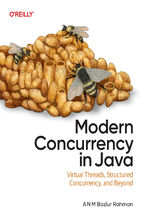
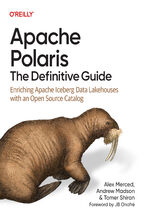



Oceny i opinie klientów: Mastering Perl/Tk. Graphical User Interfaces in Perl Stephen Lidie, Nancy Walsh
(0)